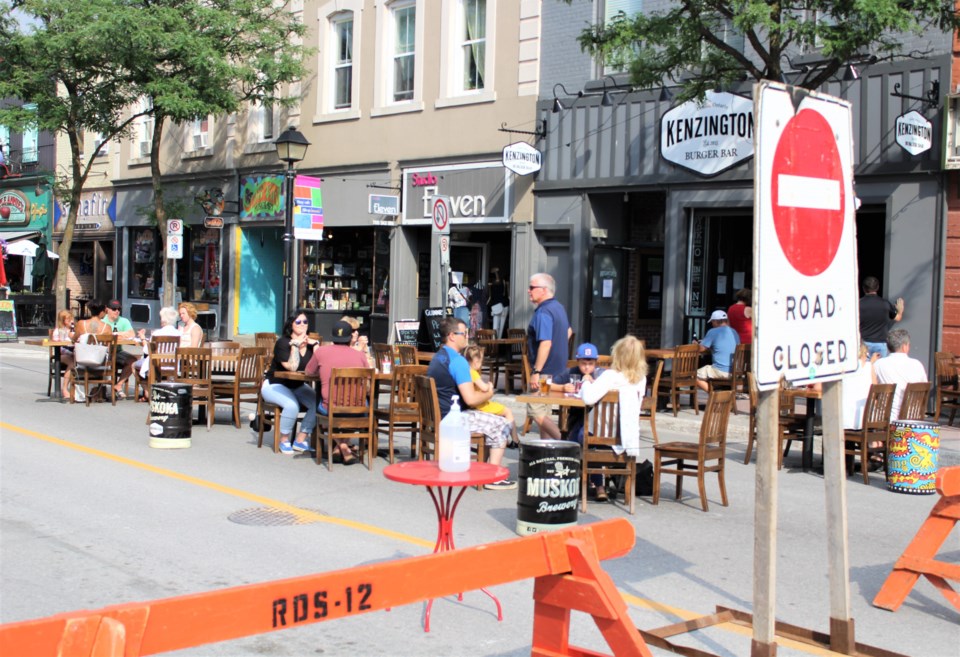The city has freed up another $60,000 to help local businesses and organizations during the COVID-19 pandemic.
Council committee voted this week to approve the funding — from the Social Assistance and Economic Recovery COVID-19 Emergency Relief Fund — for use by the economic recovery task force (ERTF).
“We’re in the middle of Wave 2 (of the pandemic) and we’re thinking of a variety of initiatives,” said Coun. Ted Emond, who chairs the ERTF.
With vaccines rolling out, the city is hopeful businesses will be able to get back to “some sense of normal” over the next few months, he said, and there will be a need for assistance.
“When restrictions are removed, what can we do, as a community, to reinforce our local businesses?” he asked.
Specific details about how the money will be used are still being determined, but Emond said some of it will go toward promoting a third phase of the “shop locally” campaign. It is expected a budget of $15,000 to $18,000 will be needed for that effort.
In its report to council committee, the ERTF stated, “While most retail-related businesses reported a strong December, it is clear that many businesses, especially small and locally owned businesses, are especially concerned about the impact this stay-at-home order will have on their bottom line.
“It is equally clear that as travel is limited, and as Orillia has a high dependence on destination-based marketing, the ERTF’s assistance in encouraging residents to shop local will be crucial. The ERTF has developed a third phase of the Shop Local campaign that will focus on thanking residents for shopping local, demonstrating the impact this has had on local businesses, and encouraging residents to continue this patronage.”
All funding proposals from the ERTF must be approved by the city’s emergency management committee.
The city plans to announce a program early next week that will assist local businesses and organizations with federal and municipal grant applications, Emond said.
During the first wave of the pandemic, the city took $1 million from its tax rate stabilization reserve and put it in the newly created Social Assistance and Economic Recovery COVID-19 Emergency Relief Fund. The ERTF was able to access $60,000 at that time, too.
Some of that money was used to help businesses pivot to online sales and curbside pickup.
There is still about $900,000 available in the Social Assistance and Economic Recovery COVID-19 Emergency Relief Fund. Emond expects any money left over in that fund, post-pandemic, will go back into the tax rate stabilization reserve.
More details about how the latest $60,000 allotment will be used will be released when they become available.
